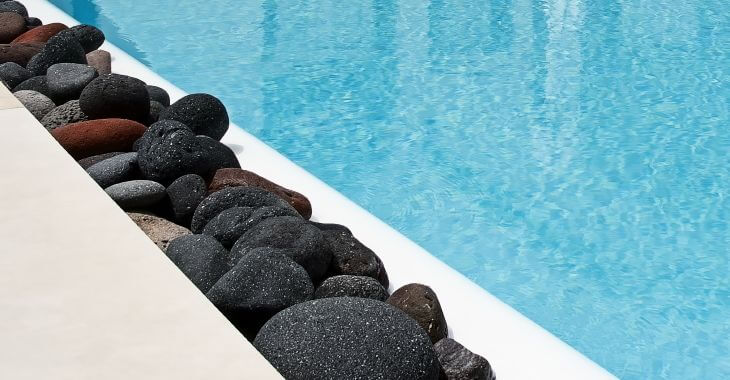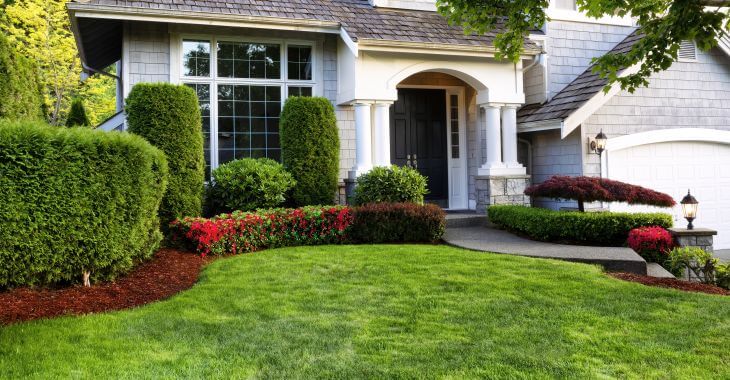How Your Soil Benefits from Mulch Spreading
The benefits of adding mulch to your landscape are numerous. For example, did you know that the simple act of water dropping onto bare soil can cause particles of soil to be scattered, which results in the crusting of your soil?
Most people don’t realize this important fact.
Nevertheless, the majority of mulches are able to eliminate the impact of dropping water, reduce soil erosion, reduce crusting, and improve water penetration into your soil.
Improving Your Soil Structure
Mulch can improve your soil’s structure because as it decomposes, it provides matter that stimulates the aggregation of soil particles. Improved aggregation results in improved aeration and moisture of your soil. And, subsequently, root development is encouraged and other natural activities occur that enhance your soil’s structure.
Cultivating Less is Better
Soils that are mulched require less frequent cultivation than soils that are bare. Once, it was a common practice to cultivate dry, dusty mulch on the soil’s surface. The rationale was that a layer of dust would keep subsoil water trapped below, thus reducing the soil’s loss of water. Now, it’s widely known that you can improve your soil’s structure by not cultivating. Research from the last four decades, shows that dust mulches negatively affect your soil’s structure because of wind erosion.
Choosing Good Mulch
The mulch you choose should be economical, easy to apply, easy to remove, and readily available. You also want to make sure that the mulch you choose will stay in place and provides your soil with organic matter. Ideally, you want mulch that is free of diseases, insects, and noxious weeds. A professional landscaping company can help you choose the right mulch for your needs.

